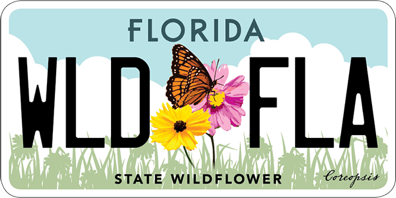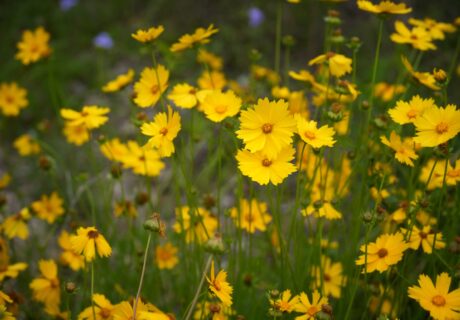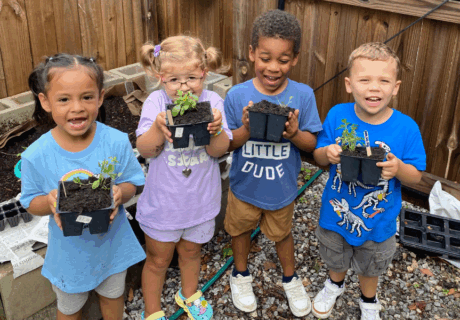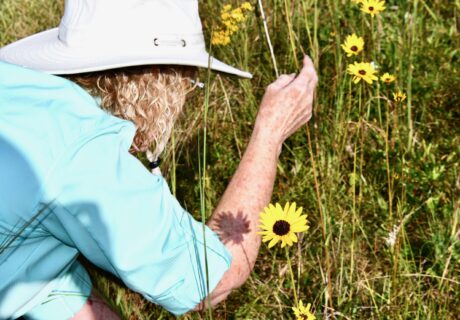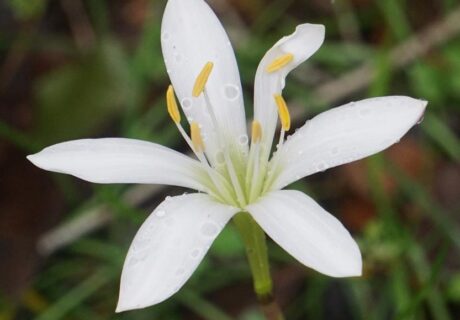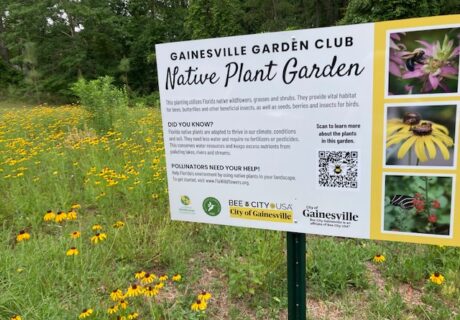News
Latest from us
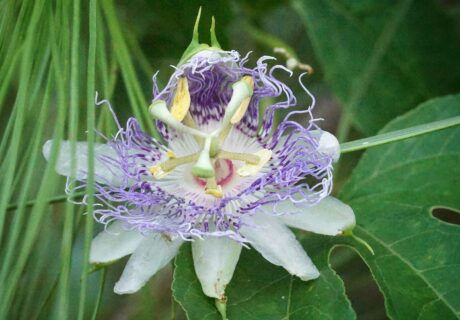
Bloom Report: Summer Wildflowers — Strange, Surprising and Just Plain Cool!
Florida’s wildflowers don’t always follow the rules. In this summer bloom report we’re featuring a few fun, weird and wonderful facts about some quirky native blooms!
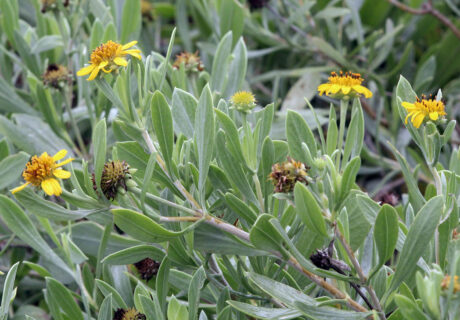
Bushy seaside oxeye
Bushy seaside oxeye (Borrichia frutescens) blooms year-round, keeping our coastline in color and attracting butterflies and other pollinators. Its seeds provide food for birds and other small wildlife.
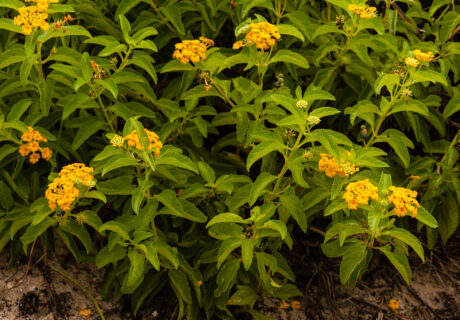
Lantana
Lantana depressa is an endemic and state-endangered wildflower that occurs in pine rockland and coastal upland habitats. Butterflies and moths are thought to be its primary pollinators.
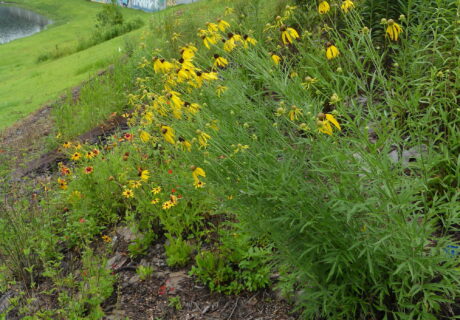
Prairie coneflower
While Prairie coneflower (Ratibida pinnata) is most common in the prairies and limestone glades of the midwestern US, its southernmost range dips into Florida’s Panhandle.
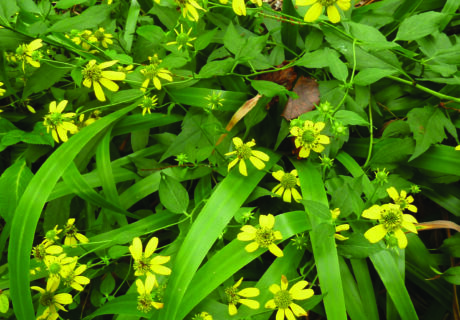
Cutleaf coneflower
Cutleaf coneflower (Rudbeckia laciniata) is a summer-blooming wildflower that occurs naturally in mesic hammocks and meadows, on stream banks and in wet roadside ditches in North Florida.
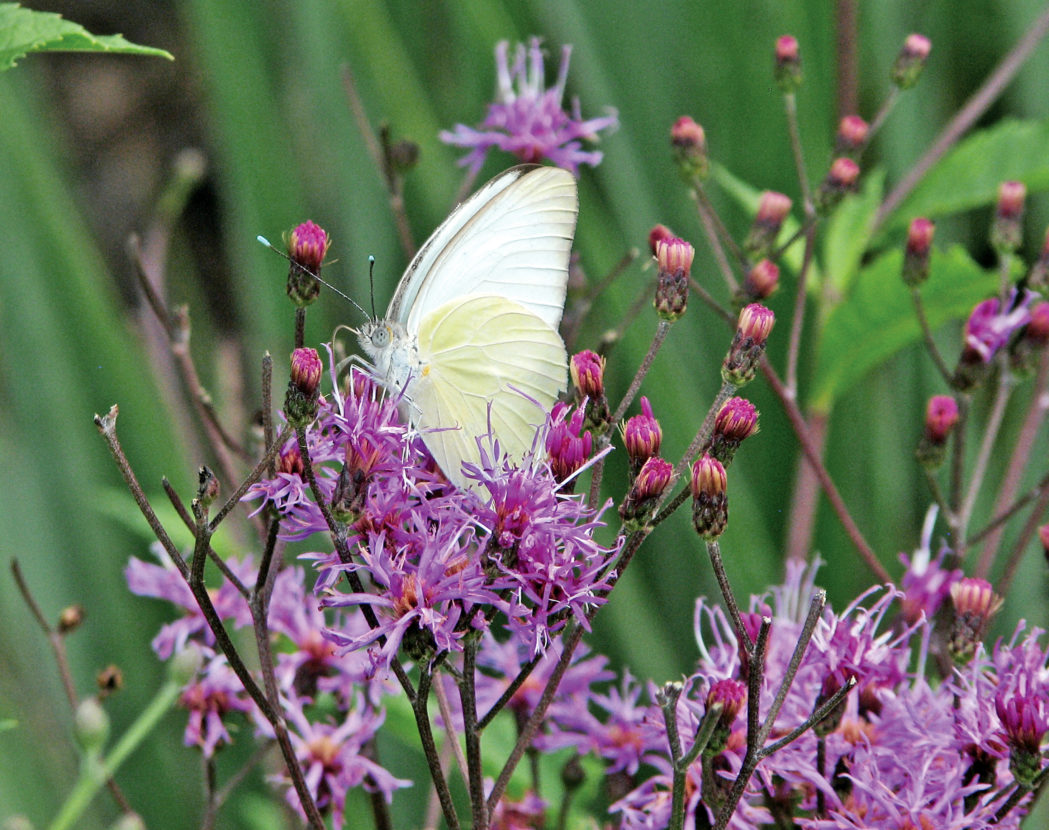
Giant ironweed
Giant ironweed (Vernonia gigantea) is a robust perennial wildflower that blooms in summer and fall, attracting a variety of pollinators, especially butterflies.
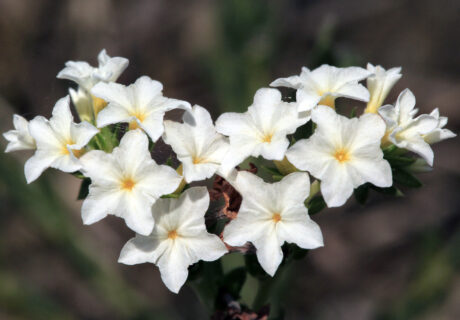
Pineland heliotrope
Consider Pineland heliotrope (Euploca polyphylla) if you’re looking for year-round blooms! This Florida endemic wildflower is adaptable to a variety of conditions. Its small white or yellow flowers attract many pollinators.
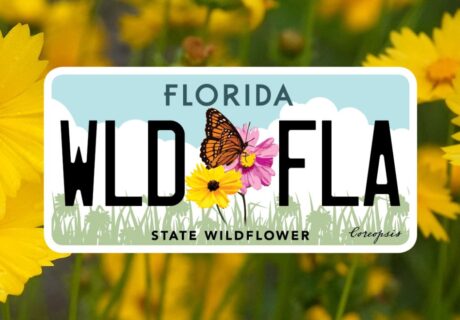
25 Years of Wildflowers on the Road!
In June 2025, we celebrate 25 years of the State Wildflower license plate supporting wildflowers and wildlife across Florida! With more than 35,000 plates on the road, we are thankful for everyone who has helped us drive our mission forward.
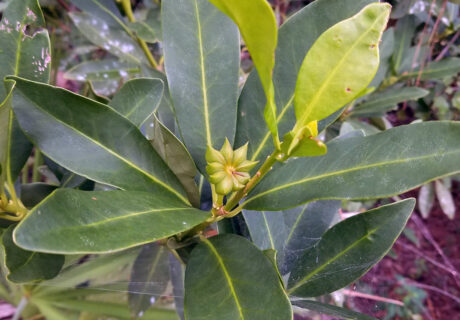
Yellow anise
Yellow anise (Illicium parviflorum) is an evergreen shrub to small tree found in mesic hammocks, bluffs, ravines and seepage swamps. It is endemic to only seven Central Florida counties.
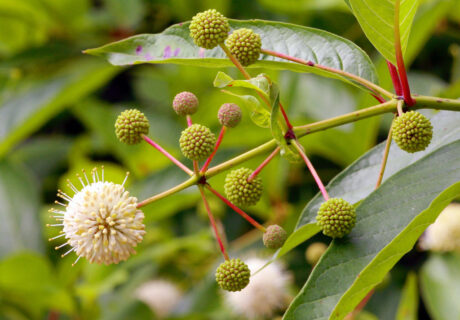
Buttonbush
Buttonbush (Cephalanthus occidentalis) is a wetland shrub with pincushion-like blooms that attract bees, butterflies and moths. Ducks and other birds eat the seeds and the foliage is browsed by deer.
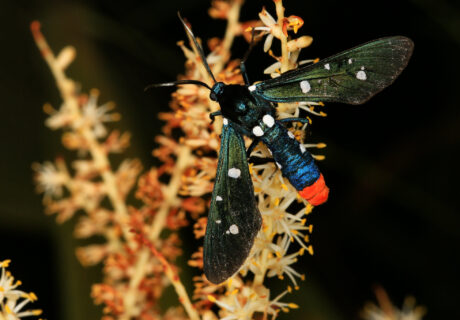
Polka-dot wasp moth
Contrary to its appearance, the harmless Polka-dot wasp moth (Syntomeida epilais) isn’t a wasp — but it’s not your typical moth, either!
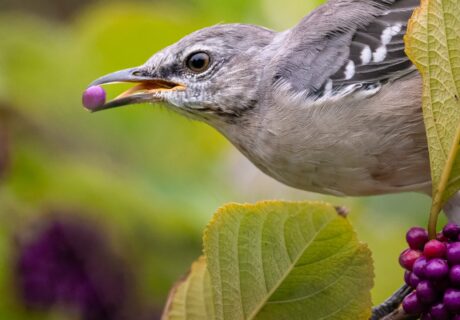
American beautyberry
American beautyberry (Callicarpa americana) is a woody shrub found in pinelands and hammocks throughout Florida. Its flowers are a nectar source for pollinators, while the numerous berries provide food for birds in late summer and fall.
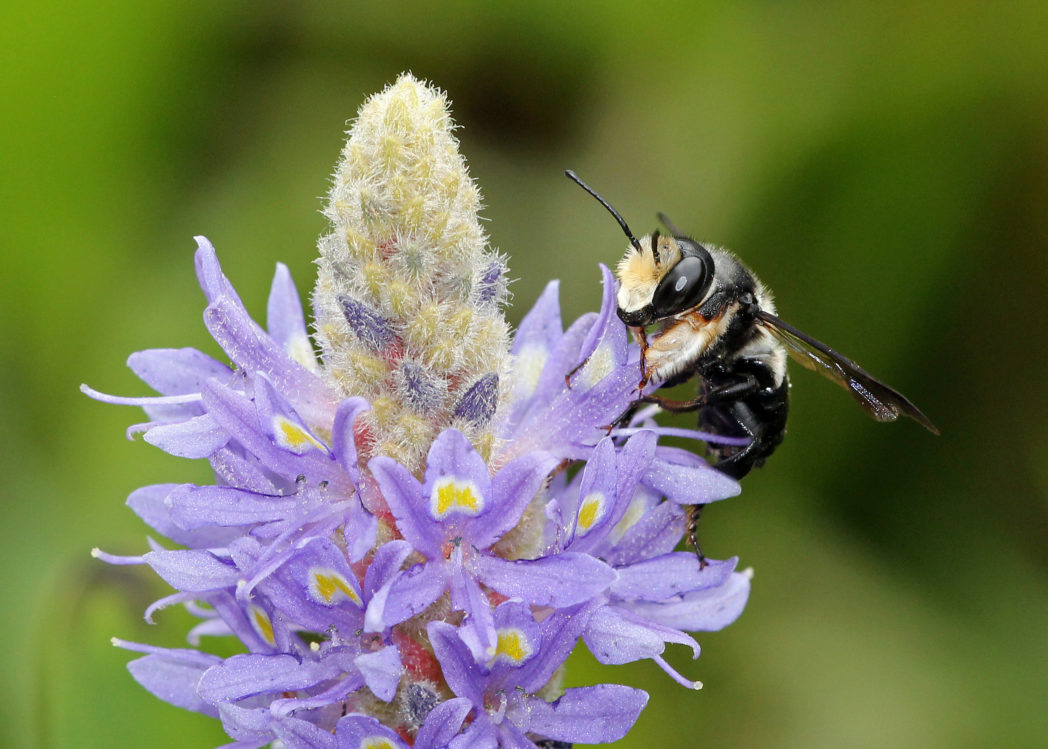
Pickerelweed
Pickerelweed (Pontederia cordata) typically blooms in spring through summer and occurs naturally in open, aquatic habitats such as pond, lake or river edges, marshes and swamps.
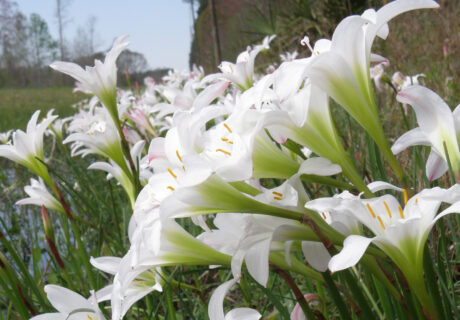
Bloom Report: White wildflowers, full of color
Florida’s native white wildflowers aren’t just pale beauties — they’re a reflection of nature’s full color spectrum. From roadsides to wild landscapes, these flowers bloom at different times across the state, offering a seasonal shift in beauty from south to north.
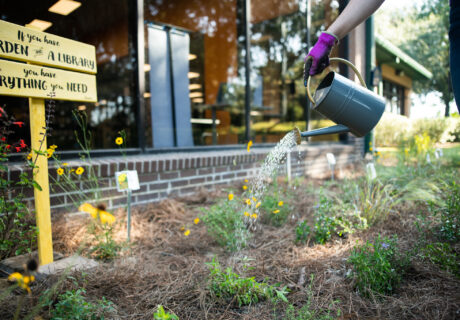
Seeds of Knowledge Library Demonstration Garden grants awarded
The Florida Wildflower Foundation has awarded Seeds of Knowledge Library Demonstration Garden Grants to six public libraries across the state — doubling the original number of planned recipients thanks to additional funding.
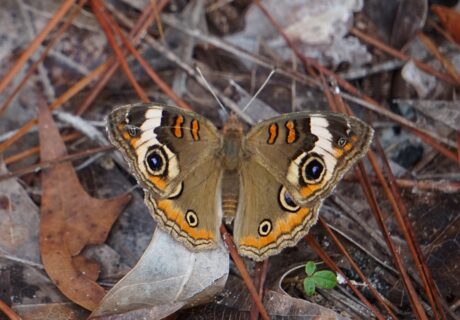
Common buckeye
Despite this butterfly’s intimidating eyespots and tendency to chase passing objects, the Common buckeye is anything but aggressive. It is the most widespread of Florida’s buckeye butterflies, found in all 67 counties.
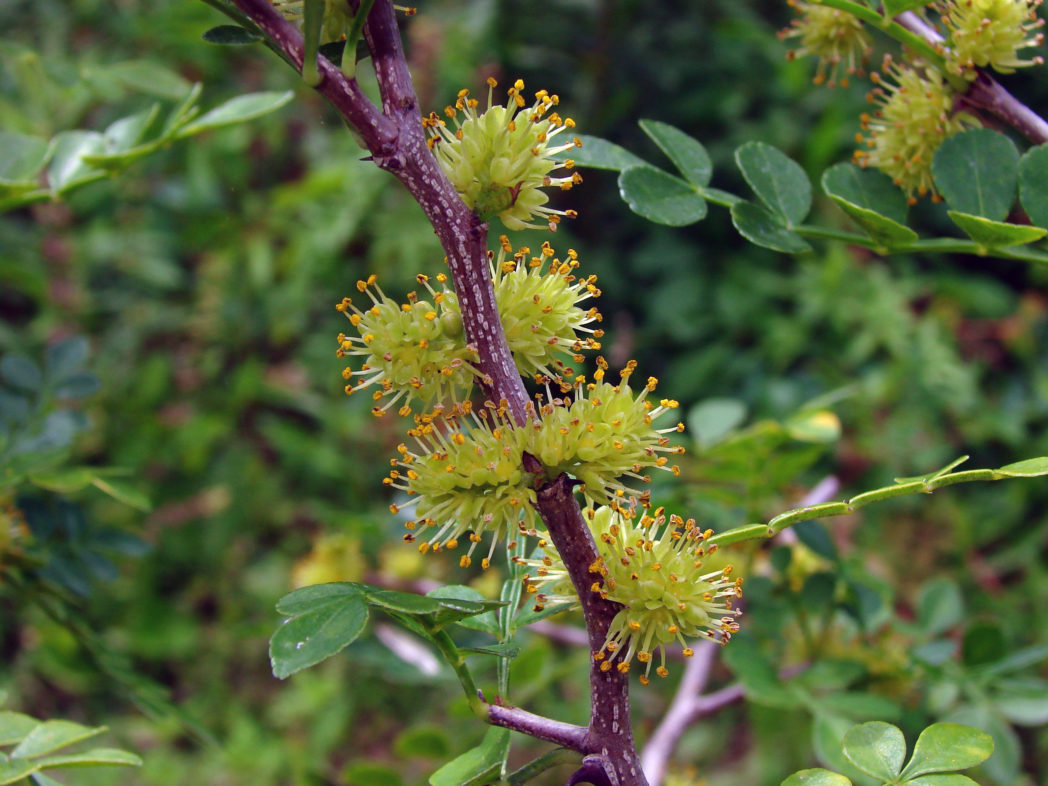
Wild lime
Wild lime (Zanthoxylum fagara) has dense foliage that provides cover, and fruit that provides food for birds and small wildlife. The plant is the larval host for several butterflies.
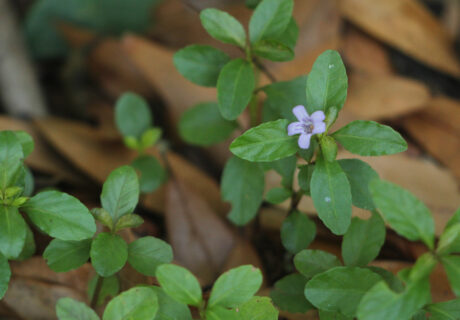
Swamp twinflower
Swamp twinflower (Dyschoriste humistrata) is a low-growing wildflower that occurs naturally along the edges of forested wetlands. A great groundcover option for a moist to wet shady area, it attracts bees and butterflies.
